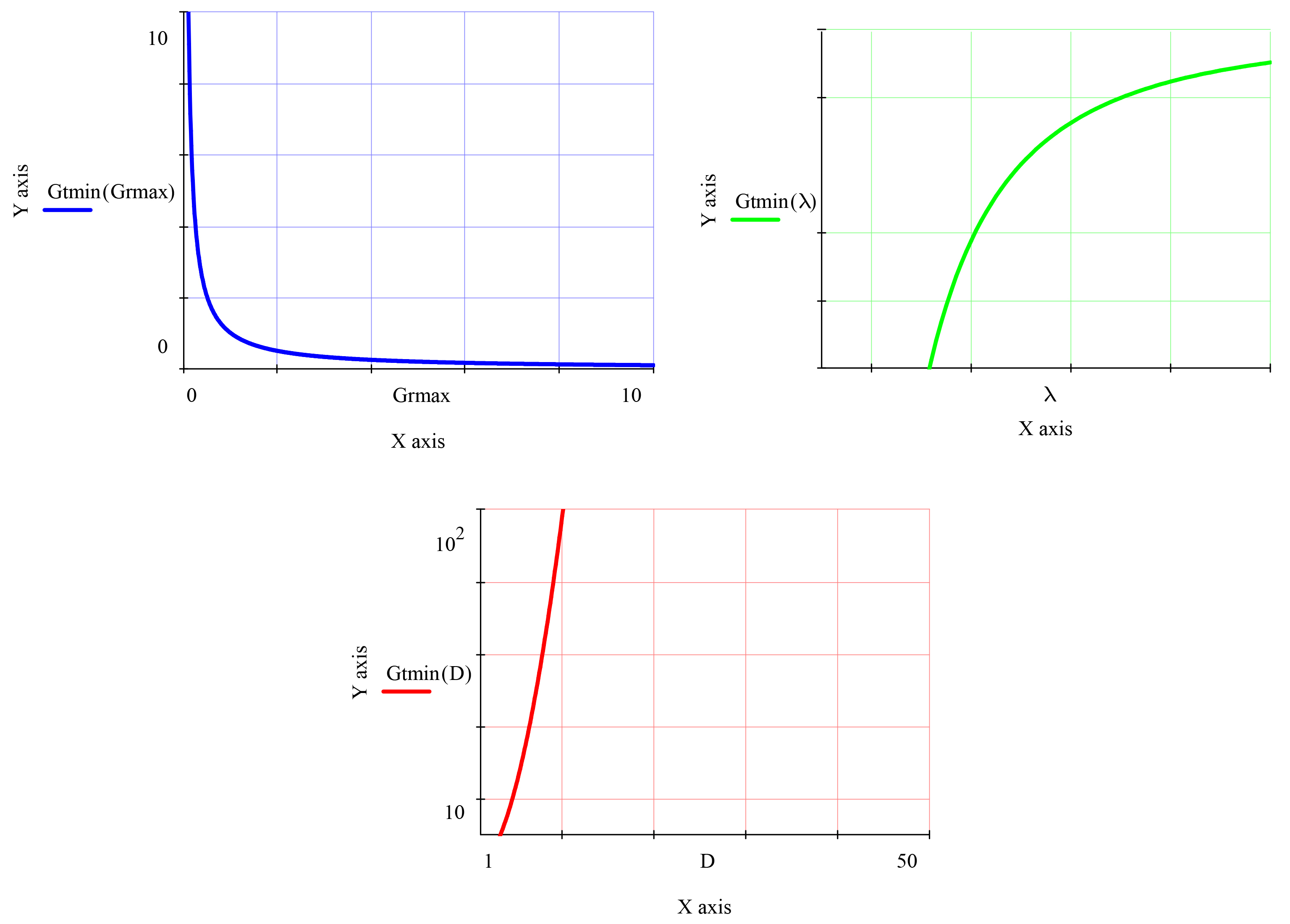Визначення необхідного рівня сигналу для захисту інформації в умовах її перехоплення технічними засобами розвідки
DOI:
https://doi.org/10.15587/2706-5448.2023.286193Ключові слова:
телекомунікації, радіотехніка, технічний захист інформації, ослаблення сигналу, перехоплення сигналу, радіотехнічна розвідкаАнотація
Об’єктом даної роботи є захист інформації в умовах її перехоплення технічними засобами розвідки. Відповідно до поставленої мети, розглянуто існуючі математичні моделі перехоплення сигналів засобами радіотехнічної розвідки. В ході дослідження, для отримання кінцевих результатів, спираючись на існуючу математичну модель, було проаналізовано оптимальну схему виявлення сигналу за допомогою розвідувального приймача. В результаті виділено чотири можливих випадки виявлення сигналу, які порівнювалися з встановленим порогом Н і супроводжувалися одним з двох типів помилок: помилковим рішенням про відсутність сигналу або помилковою індикацією його наявності. На основі наведених випадків запропоновано один з можливих варіантів захисту сигналу, що виходить за межі контрольованої зони.
Використовуючи наступні залежності: вираз для визначення щільності потоку потужності антени радіоелектронного засобу від відстані до приймача в напрямку максимального випромінювання, формулу потужності сигналу на вході приймальної антени, співвідношення коефіцієнта підсилення антени та її ефективної площі розсіювання, було отримано: залежність для розрахунку величини вихідного сигналу достатньої для прийому в межах контрольованої зони, але недостатньої для перехоплення технічними засобами за її межами. Також отримано графічні залежності мінімального коефіцієнта підсилення антени передавача від максимального коефіцієнта підсилення антени передавача, від довжини хвилі випромінювання та від відстані між передавачем і приймачем.
За результатами досліджень сформовано висновок щодо запропонованого методу захисту інформації на основі математичної моделі каналу витоку інформації, що застосовується для радіотехнічної розвідки.
Посилання
- Korjik, V., Yakovlev, V., Babkov, I. (1997). The wire-tap channel concept against eavesdropping of indoor radio telephone. Proceedings of 8th International Symposium on Personal, Indoor and Mobile Radio Communications – PIMRC '97. Helsinki, 2, 477–479. doi: https://doi.org/10.1109/pimrc.1997.631047
- Zhao, J., Han, Z., Zhang, H., Liu, R. (2014). The design and implementation of invisible eavesdropping protection application. 2014 12th International Conference on Signal Processing (ICSP). Hangzhou, 2394–2397. doi: https://doi.org/10.1109/icosp.2014.7015423
- Jiang, J., Li, Y., Ma, X., Zhang, P., Fan, Y., Hao, Q. (2017). Research on noise quality in anti-eavesdropping system based on acoustic masking. 2017 International Conference on Wireless Communications, Signal Processing and Networking (WiSPNET). Chennai, 823–827. doi: https://doi.org/10.1109/wispnet.2017.8299876
- Lopez-Risueno, G., Grajal, J., Yeste-Jeda, O. A., Sanz-Osorio, A., Moreno, J. A. (2003). Two digital receivers based on time-frequency analysis for signal interception. 2003 Proceedings of the International Conference on Radar (IEEE Cat. No.03EX695). Adelaide, 394–399. doi: https://doi.org/10.1109/radar.2003.1278774
- Yavorskyy, B. (2004). Detection of low probability of interception signals in bases of almost periodical functions. Proceedings of the International Conference Modern Problems of Radio Engineering, Telecommunications and Computer Science. Lviv-Slavsko, 487–490.
- Xu, X., Jing, T. (2019). Design of Strong Signal Masking Covert Communication Transmission Scheme Based on OFDM System. 2019 IEEE 19th International Conference on Communication Technology (ICCT). Xi'an, 169–173. doi: https://doi.org/10.1109/icct46805.2019.8947096
- Yoon, S., Jeong, J., Jeong, H., Won, Y. (2008). Lawful Interception Scheme for Secure VoIP Communications Using TTP. International Symposium on Computer Science and its Applications. Hobart: TAS, 149–152. doi: https://doi.org/10.1109/CSA.2008.31
- Serkov, A., Tkachenko, V., Kharchenko, V., Pevnev, V., Trubchaninova, K. (2020). A Method to Enhance the Bandwidth and Noise Immunity of IIoT When Exposed to Natural and Intentional Electromagnetic Interference. 2020 IEEE International Conference on Problems of Infocommunications. Science and Technology (PIC S&T). Kharkiv, 527–532. doi: https://doi.org/10.1109/picst51311.2020.9467929
- Siahaeva, O. O. (2012). Doslidzhennia ta rozrobka matematychnoi modeli dzherela nebezpechnoho syhnalu vtraty informatsii v bankivskykh systemakh. Kharkiv, 24.
- Stepanov, M., Boiko, J., Pavlenko, Y. (2023). Determining the required signal level and masking noise to protect information in the conditions of its interception by technical means. Measuring and computing devices in technological processes, 2, 21–27. doi: https://doi.org/10.31891/2219-9365-2023-74-3

##submission.downloads##
Опубліковано
Як цитувати
Номер
Розділ
Ліцензія
Авторське право (c) 2023 Yevhen Pavlenko

Ця робота ліцензується відповідно до Creative Commons Attribution 4.0 International License.
Закріплення та умови передачі авторських прав (ідентифікація авторства) здійснюється у Ліцензійному договорі. Зокрема, автори залишають за собою право на авторство свого рукопису та передають журналу право першої публікації цієї роботи на умовах ліцензії Creative Commons CC BY. При цьому вони мають право укладати самостійно додаткові угоди, що стосуються неексклюзивного поширення роботи у тому вигляді, в якому вона була опублікована цим журналом, але за умови збереження посилання на першу публікацію статті в цьому журналі.








